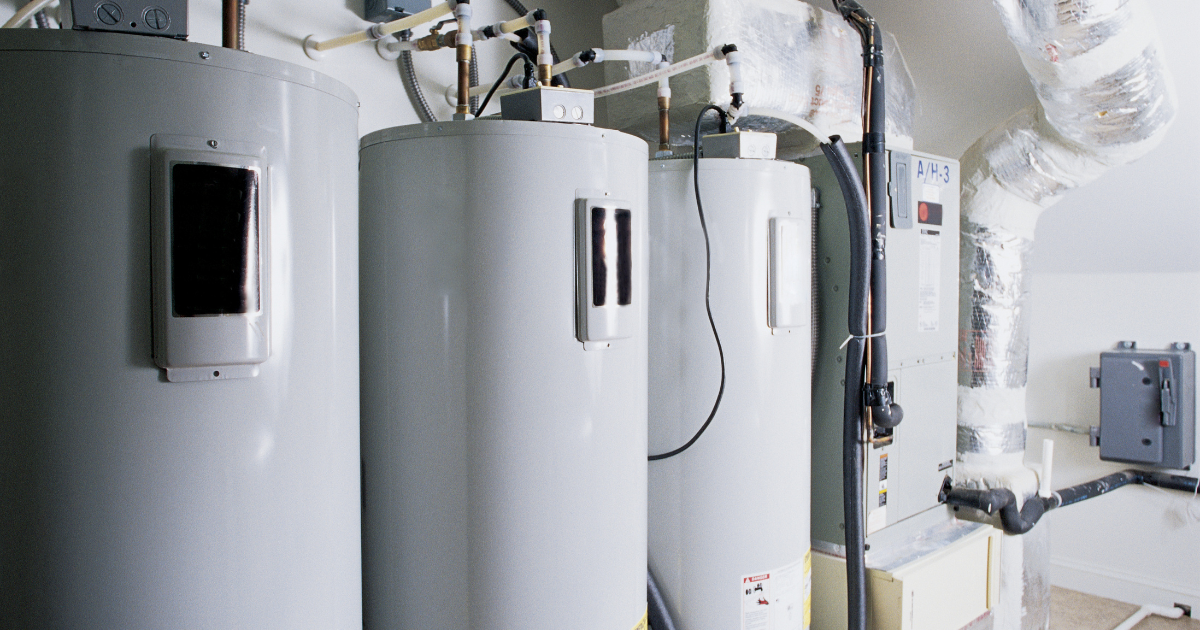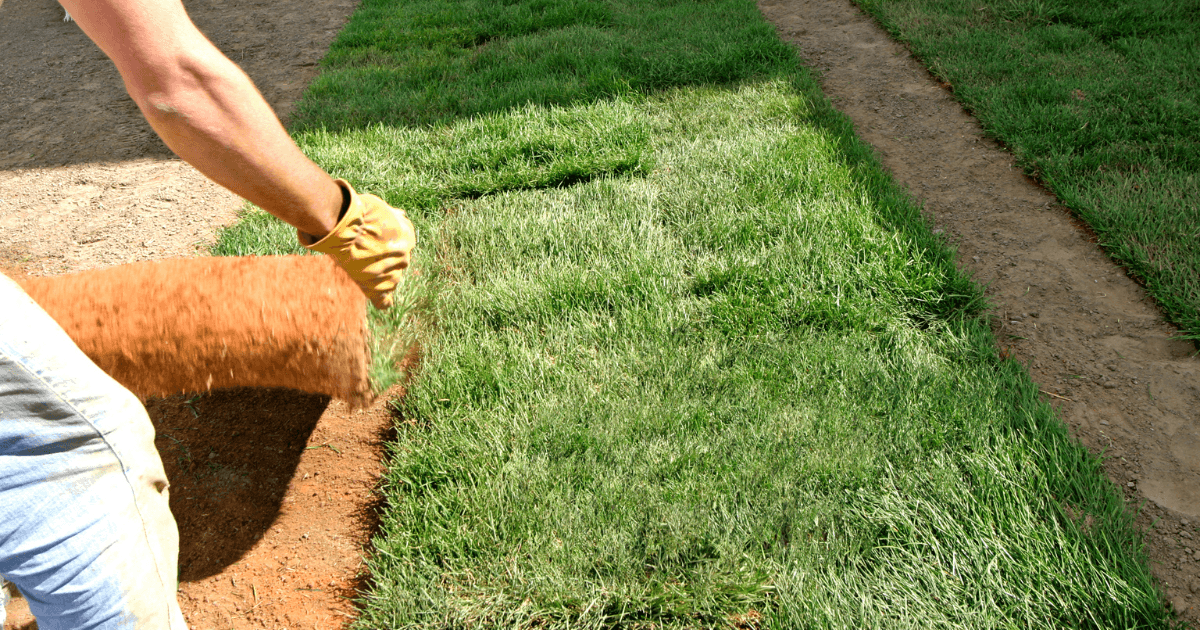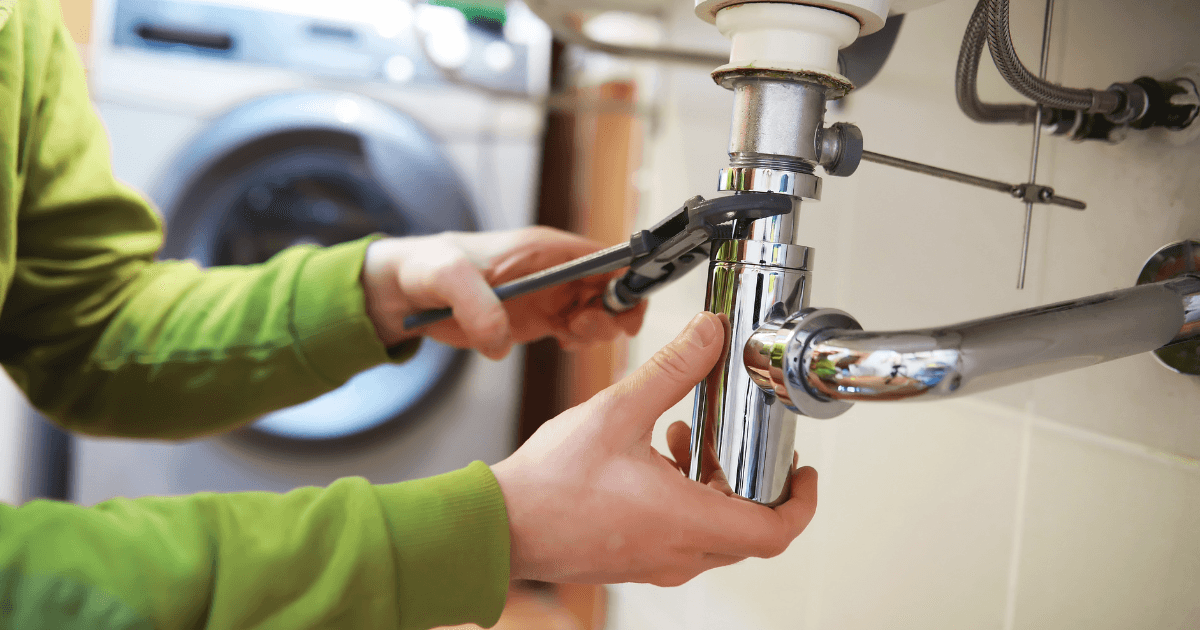Water heaters, despite their behind-the-scenes role in our homes, are critical to daily comfort. With conventional heaters lasting between 8 to 12 years, there’s a tremendous opportunity for those willing to apply a bit of forethought and maintenance to double their lifespan. Today, let’s deconstruct and reconstruct the core fundamentals of water heater longevity, delivering both innovative and research-backed strategies that not only make your heater last longer but transform your perception of home appliance care.
A Fresh Perspective on Water Heater Maintenance
Water heaters may seem like straightforward appliances—heat water and deliver it when needed, right? In reality, they perform a much more complex function, involving the precise balance of thermodynamics, chemistry, and even material science. Inside these steel tanks or advanced tankless systems, minerals in the water interact with heat, producing sediment and creating wear on components. Additionally, as water expands and contracts with temperature changes, it can lead to pressure imbalances that strain the system. Traditional maintenance advice often revolves around simple fixes, like flushing the tank or replacing the anode rod, but evolving insights from energy efficiency research are pushing us to rethink how we care for these essential home systems.
The most cutting-edge water heaters are now designed with advanced technology, often featuring better insulation, smarter thermostats, and even built-in self-cleaning mechanisms. However, despite these innovations, the longevity of these systems still heavily depends on how they are used and maintained. Simple user behaviors—such as maintaining the correct temperature, regularly inspecting critical components, and managing water pressure—can have a profound impact on the performance and lifespan of a heater. When users engage with their systems more proactively, they can optimize both the energy efficiency and durability of the heater, ensuring reliable service for decades.
By taking a more holistic view of water heater maintenance, you can not only save money on repairs and replacements but also contribute to a more sustainable home energy footprint. Each small act of maintenance—whether it’s checking the pressure valve or insulating the heater—reduces the amount of energy the heater consumes. This not only decreases utility bills but also mitigates environmental impact by lowering overall energy demand. In this way, water heater care becomes part of a larger strategy for energy efficiency and sustainability, a mindset that will serve homeowners well as energy costs and environmental pressures continue to rise.
1. Elevate Efficiency with Strategic Temperature Control
One of the most misunderstood aspects of water heater maintenance is temperature setting. Many people assume that setting it higher leads to more “ready” hot water. While this is partially true, higher temperatures increase both wear and tear on your heater and your energy bill. Setting the temperature too low, however, can invite bacteria like Legionella into your system.
The sweet spot? Keep your heater at 120°F (49°C). Research from energy efficiency experts suggests that this setting optimizes both safety and efficiency, cutting energy consumption by 5-10% while preventing bacterial growth. Adjusting this may seem trivial, but consider the long-term impact: fewer instances of scalding, slower corrosion rates, and significant savings on utilities.
By simply turning down your heater’s temperature when you’re away for extended periods, you can reduce wear on components like the heating element, translating into a longer lifespan for your system.
2. Anode Rod: The Unsung Hero of Water Heater Longevity
Most homeowners have never heard of the anode rod, yet it’s one of the most critical components in preserving your water heater. This magnesium or aluminum rod acts as a sacrificial element, attracting corrosive minerals so that the heater’s steel tank doesn’t bear the brunt of corrosion. Without it, rust would eat through the tank walls, leading to leaks and eventual failure.
The problem? Anode rods are not designed to last forever. Over time, they degrade and lose their protective abilities. A regular inspection of the rod (once every 2-3 years) is a simple task that can save you thousands in replacement costs. If the rod is less than ½ inch thick or heavily corroded, replace it with a new one to restore your tank’s defenses.
By replacing your anode rod proactively, you add several years to your heater’s life. It’s like changing the oil in your car—basic, but critical. A high-quality anode rod is inexpensive, costing less than $50, but its preventative impact is immeasurable.
3. Combat Sediment Buildup with Advanced Flushing Techniques
Every time cold water enters your heater’s tank, it carries with it dissolved minerals like calcium and magnesium. These minerals don’t evaporate when water is heated; instead, they accumulate at the bottom of the tank, reducing efficiency and putting extra strain on the heating element. This mineral buildup is especially severe in areas with hard water, and over time, it can shorten the lifespan of your heater by causing uneven heating and increased energy use.
The solution? Regularly flushing your heater to remove this sediment, ideally every 6-12 months. But what if you could improve on this? Using a water softener in combination with annual tank flushing can drastically reduce sediment formation. Softened water contains fewer minerals, meaning less sludge settles at the bottom of your tank, and fewer energy resources are wasted on heating it.
By performing these two maintenance tasks—installing a water softener and flushing the tank regularly—you can essentially “reset” your water heater each year, ensuring maximum efficiency and preventing unnecessary stress on internal components.
4. Insulate for Enhanced Energy Retention
Insulation isn’t just for your home’s walls and roof—it’s an essential component of water heater longevity. Tank-style heaters, in particular, can lose significant amounts of heat when not in use. This phenomenon is called standby heat loss, and it forces your water heater to work harder to maintain its internal temperature. Over time, this leads to increased wear and higher energy bills.
By insulating your water heater tank and pipes, you can reduce standby heat loss by 25-45%, ensuring that your heater works more efficiently while reducing unnecessary cycling. A simple insulation blanket, which costs between $20-$50, can be applied to your heater to retain heat more effectively. In some cases, you may also want to insulate exposed hot water pipes to prevent heat loss as water travels to your taps.
This small investment can extend your heater’s life by reducing strain on the heating element and saving energy, which, in turn, saves you money.
5. Optimize System Safety with an Expansion Tank
One of the most overlooked threats to water heater longevity is thermal expansion, especially in closed water supply systems. As water heats, it expands, and in a closed system, this extra volume increases pressure inside the tank. Over time, excessive pressure can cause leaks, valve failures, or even dangerous tank ruptures.
Installing an expansion tank provides an outlet for this excess pressure, reducing stress on the heater. The expansion tank acts as a buffer, allowing for safer thermal expansion while protecting the main tank. For homeowners with water pressure over 80 psi, this is a crucial investment. Not only does it extend your water heater’s lifespan, but it also mitigates the risk of significant damage.
Bonus Tip: Embrace Preventative Professional Inspections
Though DIY maintenance is valuable, professional inspections should never be discounted. A certified plumber can perform detailed checks—like gas line inspections, thermostat calibrations, and T&P valve testing—that most homeowners overlook. Annual or bi-annual inspections are a small price to pay to catch potential problems early and ensure optimal performance.
Conclusion: A New Paradigm for Water Heater Care
With the proper knowledge and proactive steps, water heater maintenance can become a transformative practice—one that not only extends the appliance’s lifespan but also saves energy, reduces waste, and saves money. By understanding and applying these five revolutionary tips, you are investing in both the longevity of your home’s infrastructure and a more sustainable future.
From the simplicity of flushing your tank to the complexity of controlling thermal expansion, each step compounds over time, pushing the boundaries of what we traditionally think about appliance maintenance. Let this be the beginning of a new era in home care—one that’s smarter, more efficient, and built on forward-thinking principles.





